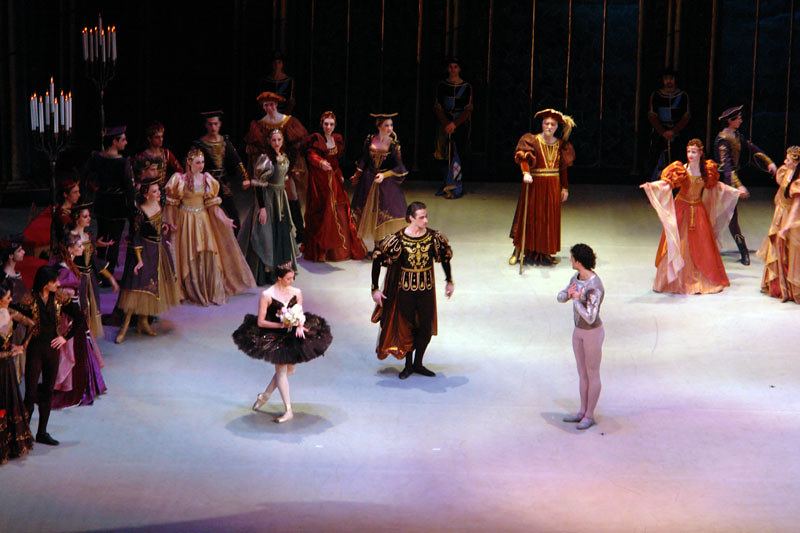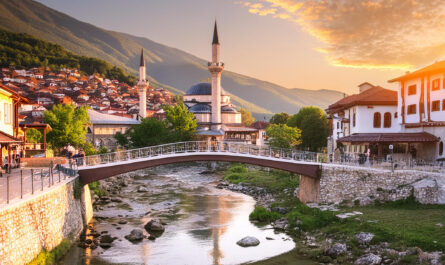Bulgaria is a country that is very well-known for its traditional festivals and their vibrancy. It has a cultural heritage that is manifold. These carnivals have roots in history, religion along with folklore. Moreover, these fetes are important as they offer a window into the soul of Bulgarian people. Be it the ancient pagan rituals to the Christian celebrations, the Bulgarian festivals are a depiction of the locals’ and country’s unique identity.
- Baba Marta and Martenitsa
This festival is actually celebrated on the 1st of March as a way to welcome the colors of spring. The festival takes its name from a fictional and mythical figure named Baba Marta or Grandmother March. This figure symbolized the termination of winter and the start of a new agricultural cycle.
The most recognizable ritual of this event is the interchange of Martenitsi, ornaments and yarn bracelets in the color of white and red. Those who celebrate this event then wear this martenitsi until they witness the first blooming tree or the first stock which is a sign that the spring season has started. Once witnessed, the martenitsi is hung on trees or placed under rocks in the hopes of health, well-being along with prosperity.
The culture of martenitsi is deeply entrenched in the Bulgarian tradition. The secret of white and red colors is that it symbolizes optimism, happiness along with good health. The exchange of martenitsi fosters a sense of co-existence in the form of a community along with hopefulness for what is to come ahead. This festival is considered as a beautiful encapsulation of the Bulgarian connection to the transitioning nature along with nature.
- Rose Festival
The Rose Festival takes place in the Rose Valley that is located near the town of Kazanlak. Bulgaria is known for rose cultivation and rose oil production and this is exactly what this specific festival celebrates. Moreover, the country is also known to be the leading producers of rose oil (a core ingredient used in the making of cosmetics and perfumes).
The blossoming season for the roses is early June, and this is when the carnival is held. The festival includes a number of different activities such as parades, traditional folk performances, crowning the rose queen and rose-picking. Participants can also practice the rose-picking process and gain an understanding on how to distil rose oil.
Rose industry is significant for Bulgaria’s economy. It is one reason why tourists from all around the globe express interest in visiting the country. Visitors are usually blown away and impressed by the Bulgarian hospitality and traditions. The festival showcases and commemorates the enduring legacy of rose cultivation in Bulgaria.
- Kukeri Festival
One of the oldest and the most iconic celebrations in Bulgaria, the Kukeri Festival was first celebrated dating back to the Thracian times. This carnival is organized in the late winter commonly in January and February. The aim of this event is to chase away wicked spirits and therefore, manifesting a bountiful harvest.
Individuals who participate in this festival are known as ‘Kukeri.’ These participants don costumes made out of pure animal skins. The kukeri are found dancing in the streets in an attempt to ward off malevolent forces. The costumers are constructed to be as intimidating as possible.
This specific celebration is not only a visual extravaganza but a profound reflection of Bulgaria’s ancient customs and traditions. It is a method of connecting communities and passes folklore from generation to generation. In addition to this, you may also find some variation in the celebration of this carnival depending upon the region.
- Nestinarstvo (Fire Dancing)
Fire dancing is another ancient ritual practiced in the southeastern region of Bulgaria. It originated in the Thracian sun worship and is actually a combination of Christian and Pagan traditions.
The fire dancers are known as nestinari. They dance barefoot in the Strandzha mountains. The dance is done on 21st May, the feast day of Saints Constantine and Helena. The nestinari have a firm belief that they are protected from harm by their faith.
Nestinarstvo has been a source of fascination for the observers for centuries now. Bulgarian locals are deeply connected to their ancient rituals and this festival is a depiction of that. This festival has been recognized by UNESCO as a cultural heritage of humanity.
- Todorovden (St. Theodore’s Day)
This tradition is celebrated on the first Saturday of Lent which is commonly in February or March. The carnival is held in the honor of St. Theodore, a Christian martyr.
On this occasion, horse races are held across Bulgaria. The horses are exquisitely decorated with flowers and ribbons. There are also prizes to honor the winners. Moreover, the day comes to an end with a fancy, festive meal. This event also highlights the importance of horses in rural world.




